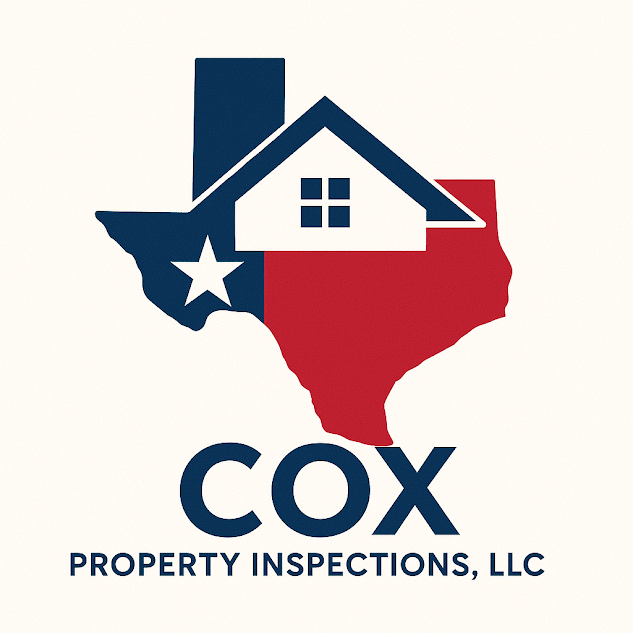Comprehensive Coverage of Home Inspection Services
- lawrence7721
- Oct 22
- 4 min read
Buying or selling a home is a huge step. It’s exciting, but it can also be nerve-wracking. One thing that can ease your mind is a thorough home inspection. But what exactly does home inspection coverage include? How detailed is it? And why should you care? I’m here to walk you through everything you need to know about home inspection coverage, so you can feel confident in your next property move.
Understanding Home Inspection Coverage: What’s Included?
When you hear "home inspection coverage," you might wonder what that really means. Simply put, it’s the range of areas and systems a professional inspector examines during a home inspection. This coverage is designed to uncover any hidden issues that could affect the safety, value, or livability of a property.
Typically, home inspection coverage includes:
Structural components: Foundations, walls, ceilings, floors, and roof structures.
Exterior elements: Siding, windows, doors, and drainage systems.
Roofing: Shingles, flashing, gutters, and downspouts.
Plumbing: Pipes, fixtures, water heaters, and drainage.
Electrical systems: Wiring, outlets, panels, and fixtures.
Heating and cooling systems: HVAC units, ductwork, and thermostats.
Interior features: Walls, ceilings, floors, stairs, and railings.
Insulation and ventilation: Attics, crawl spaces, and exhaust fans.
This coverage ensures you get a comprehensive snapshot of the home’s condition. It’s not just about spotting problems but also about understanding the overall health of the property.

Why Home Inspection Coverage Matters for Your Property Decision
Have you ever bought something expensive without checking it thoroughly? Probably not. A home is one of the biggest investments you’ll make, so why skip the detailed inspection? Home inspection coverage is your safety net. It helps you avoid costly surprises down the road.
Imagine moving into your dream home only to find out the roof leaks or the electrical system is outdated. These issues can be expensive and dangerous. A detailed inspection report gives you the power to:
Negotiate repairs or price adjustments.
Plan for future maintenance.
Walk away if the property has too many red flags.
Plus, a good inspection report is easy to understand. It breaks down complex issues into clear, actionable points. This way, you’re not left guessing what needs fixing or how urgent it is.
If you want to explore professional home inspection services that offer this kind of thorough coverage, it’s worth reaching out to experts who know the local market and building codes.
What is the average cost of a home inspection in Maine?
While my focus is on South East Texas, it’s interesting to see how costs vary by region. In Maine, for example, the average home inspection cost typically ranges between $300 and $500. This price depends on factors like the size of the home, age, and complexity of the systems inspected.
Keep in mind, though, that price isn’t everything. You want a detailed inspection that covers all the bases, not just a quick look. Sometimes paying a bit more upfront saves you thousands later.
How to Choose the Right Home Inspection Coverage for Your Needs
Not all home inspections are created equal. Some companies offer basic coverage, while others provide more detailed, specialized inspections. Here’s how to make sure you get the right coverage for your situation:
Assess the property type and age: Older homes might need more detailed inspections for things like asbestos, lead paint, or outdated wiring.
Consider your concerns: Are you worried about mold, pests, or foundation issues? Ask if these are included or available as add-ons.
Check the inspector’s credentials: Look for certified professionals with good reviews and local experience.
Request a sample report: This helps you see how detailed and clear the inspection findings will be.
Ask about follow-up support: Can you call with questions after the inspection? Will they help you understand the report?
Choosing the right coverage means you get peace of mind and a clear path forward, whether you’re buying or selling.

What Happens After the Home Inspection?
Once the inspection is complete, you’ll receive a detailed report. This document is your roadmap. It highlights:
Immediate safety concerns.
Repairs needed now.
Maintenance tips for the future.
Areas that passed inspection with no issues.
From here, you can make informed decisions. Maybe you’ll ask the seller to fix certain problems before closing. Or perhaps you’ll budget for repairs after moving in. Either way, the inspection report arms you with knowledge.
Remember, a home inspection is not a pass or fail test. It’s a tool to help you understand the property better. And with the right coverage, you’ll have a full picture of what you’re getting into.
Taking the Next Step with Confidence
Navigating the home buying or selling process can feel overwhelming. But with comprehensive home inspection coverage, you’re not alone. You have a trusted guide to uncover the truth about the property’s condition.
If you’re ready to take the next step, consider reaching out to professionals who specialize in thorough, easy-to-understand inspections. They’ll help you avoid surprises and make confident decisions.
Your home is more than just a building - it’s where your life happens. Make sure it’s safe, sound, and ready for your future.
I hope this guide has helped clarify what home inspection coverage really means and why it’s so important. When you’re ready, a detailed inspection can be your best ally in the property journey.




Comments